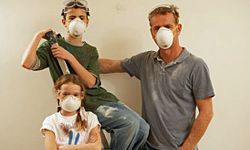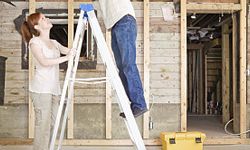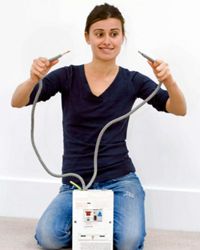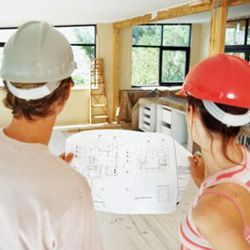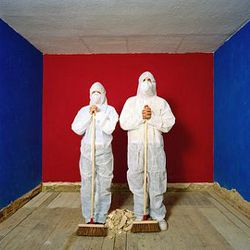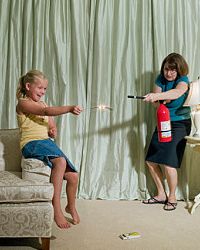If you've decided to do a little DIY rehab on your home, you're not alone. Spending on home improvement projects in the United States is expected to rise 4.9 percent in 2010, the first jump since the second quarter of 2007. That's a lot of paint, flooring, drywall and nails.
If you're planning on making your home a little homier this year, there are a couple of things you should consider before you grab a hammer. No project is worth risking serious injury. Whether you're painting, putting in a sunroom or just puttering around the garage, make safety your top priority.
Advertisement
